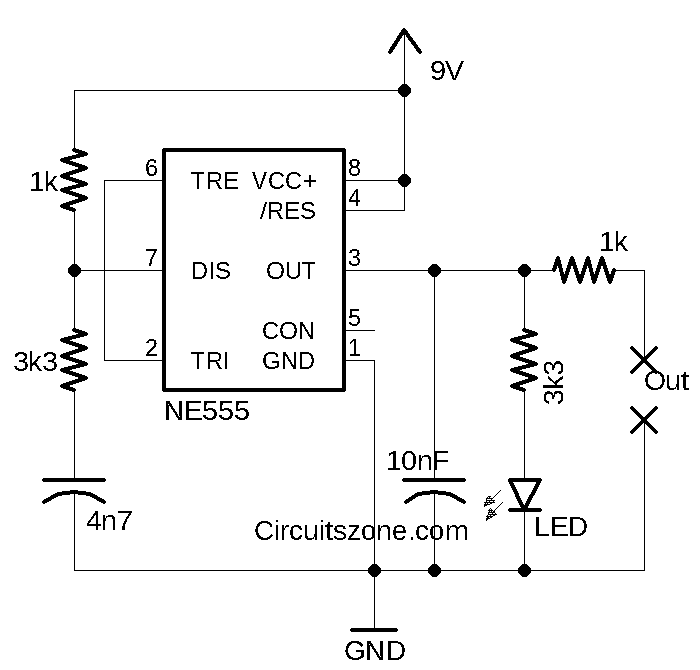CIDPUSA.org Autoimmune diseases
THE PHYSICS OF ELECTROSTIMULATION
Alternating and Direct Current
Electrotherapeutic devices used in rehabilitation generate two different types of current that, when introduced into biological tissues, are capable of producing specific physiologic changes. These two current types are referred to as alternating and direct current. In alternating current, the electrons constantly change directions, reversing its polarity. Electrons flowing in alternating current always move from the negative to positive pole, reversing direction when the polarities are reversed.
Conversely, direct current is a unidirectional flow of electrons toward the positive pole.
Pulsed Current
Pulsed current is the unidirectional or bidirectional flow of charged particles that periodically stop for a limited period of time before the next event. More specifically, a pulse is an isolated electrical event separated by a finite period of time from the next event. A constant current source is preferable to a constant voltage source for most physiologic applications (Gersh, 1992; Prentice, 2001).

Three types of current.
Galvanic Current
The terms galvanic current and direct current are often used interchangeably. Historically, the term galvanic has been used to describe an uninterrupted direct-current form. High-volt pulsed galvanic electrical stimulators are considered to be useful in acute injuries associated with major tissue trauma accompanied by bleeding or swelling. Their direct current creates an electrical field over the treated area that, theoretically, changes blood flow.
Connected to two pads, galvanic stimulation uses a positive pad that behaves like ice, causing reduced circulation to the area under the pad and an associated reduction in swelling, and a negative pad that behaves like heat, causing increased circulation and reportedly speeding healing (Gersh,1992).
Interference Current
Interference current is based on the summation of two alternating-current signals of slightly different frequency. This results in current having a recurring modulation of amplitude, based on the difference in frequency between the two signals.
TYPES OF ELECTRICAL STIMULATION
Iontophoresis
Iontophoresis, the process of increasing the penetration of drugs into the skin by application of an electric current, is commonly used by physical therapists for the purpose of delivering anti-inflammatory medications such as corticosteroids. The groundwork for iontophoresis dates back to the early 1900s, with initial scientific experiments performed by a researcher named LeDuc.
The majority of units consist of a compact phoresor that operates with a 9-volt battery and two wire leads, each connected to an electrode. One electrode is the drug-delivery electrode intended for the anti-inflammatory, and the other is used as a dispersive electrode charged opposite to the anti-inflammatory ion. When the electrodes contain solutions of ions, negatively charged anions are repelled from the cathode into the body and positively charged cations are repelled into the targeted body area from the anode.
This effect is specific for ions of the same polarity as the electrode and, conversely, ions of the opposite polarity are not transferred into the body. Physical therapists use iontophoresis based on this penetration and distribution of ions primarily for controlling and reducing inflammation. This is applied while minimizing the systemic concentration caused by circulatory removal of the desired medication from the targeted area.
Two typical prerequisites for treatment with iontophoresis are that the medication must be charged (or modified to carry a charge) and that the inflammatory process be near the body surface (i.e. a superficial muscle or tendon rather than a deeper muscle tendon bursa) (Costello, 1995).
Corticosteroids are the principal drugs used with iontophoresis in physical therapy because they have an anti-inflammatory effect and are relatively inexpensive. Dexamethasone is available in a somewhat more stable dissolved form and is therefore often used with iontophoresis. Some clinicians recommend treatments using a current of 4 mA for 10 minutes.
More recent advances in this technology have introduced a disposable single-use iontophoresis system with an internal battery and current limiting circuitry. This method provides a constant drug delivery for an 80 mA-minute treatment and can deliver both negatively and positively charged drug ions. It operates at a low current and is worn for 24 hours to deliver the desired dose. The unit is designed to begin a treatment as soon as it is hydrated and applied to the skin, and stop the treatment at approximately 80 mA-minutes (Morris, 2003; Reena Rai, 2005).
Transcutaneous Electrical Nerve Stimulation (TENS)
Transcutaneous electrical nerve stimulation (TENS)
A TENS unit consists of one or more electric signal generators, a battery, and a set of electrodes. The units are small and programmable, and the generators can deliver uninterrupted forms of stimuli with variable current strengths, pulse rates, and pulse widths. The preferred waveform is biphasic, which helps avoid the electrolytic and iontophoretic effects of a unidirectional current. A variety of newer transcutaneous or percutaneous electrical stimulation modalities are emerging as technology advances (Jarzem, 2005).

Above a 555 ic based zapper circuit details later in zapper discussion on how to build your own zapper. Can use a 9 VOLT BATTERY too !